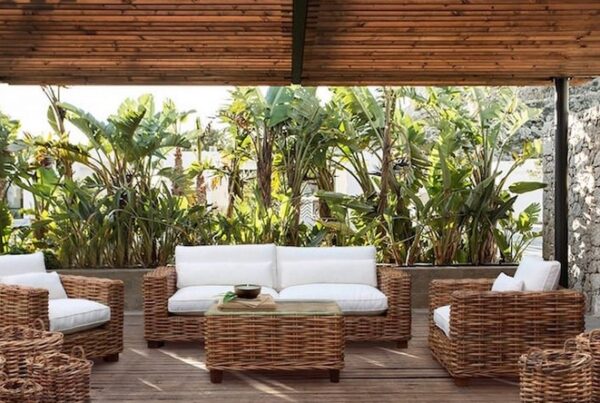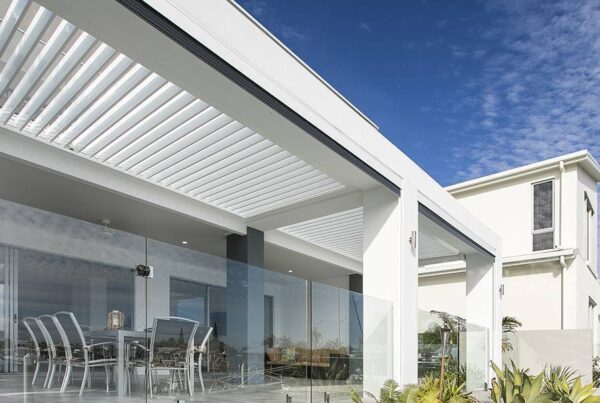“Marble and granite somehow have the same finish and appearance. From the colour grading to the details of its particles make it hard to distinguish which is which. Marble and other calcium-based stones are often mistaken as granite, or granite as marble. No one can really tell unless you are a stone expert. “
Marble by appearance typically has veining while granite has a fleck-like granular image. Granite is an igneous rock that was once molten and formed due to the coldness underneath the Earth. Minerals in granite typically appear as small specks or strip-like. Marble, on the other hand, was limestone that gradually changed due to intense heat and pressure that eventually altered its crystalline structure and other minerals into forming veining characteristics.

Marble is sometimes, can’t be avoided, being sold as granite because of its almost similar appearance despite the huge difference in the process. A homeowner could only tell whether or not they own a marble or granite by exposing their stones to certain acidic substances or moisture. These two reacts differently. Thus, it is important to take precautions when dealing with your granite or marble to avoid etch damage and stains.
To avoid misidentification, here are some useful know-hows:
The Science Behind Stone Etching and Staining
Acidic substances such as lemon juice, wine, and others chemically react with calcium carbonate which is mainly the composition of marble. Hence, these substances result in etch damage on the surface of the stone. Granite, on the other hand, does not at all react to these acidic substances. Granite contains acid-sensitive calcium binders mineral which can etch and can withstand
Acidic substances, such as lemon juice or wine, will chemically react with calcium carbonate in marble, resulting in etch damage to the finish. In general, granite is not acid-sensitive, and in most cases, as long as your granite is not misidentified marble, you should not need to worry about granite etch damage. However, some granites contain an acid-sensitive calcium binder mineral, which can etch and withstand acidic substances without adhering evidence on its finish.
How to Avoid Etch Damage and Stains
One sure shot way to stray away from etching and stain damage on your kitchen tops is to prevent your stone from coming in contact with acidic substances and other substances with colour. In any case that such unfortunate event happens, there are new protection treatments that you can buy online that can resolve your etching and staining problems. Otherwise, here are some precautionary measures you can observe to save you money and time:
- Use a chopping or cutting board when pouring or collecting juices with potent colouring.
- Do not leave spills unattended on your tabletop. Clean thoroughly the spills with a pH-neutral stone-safe cleaner.
- Look for stone care experts and have your stone evaluated and have it sealed. Additional note, sealers do not protect your countertop from etching.
What To Do With an Etched or Stained Countertops
If your countertop has a tiny etch or stain on its surface, it could still be removed without the aid of a professional, that is when you are meticulous with the whole appearance of your countertop. You can use polishing granules to produce a mirroring image or you can also use diamond abrasive pads to deal with stubborn
corrosion. If your kitchen is already covered with stains and etch, it is advisable to contact a professional to do the right and seamless job for you.
Hence, when buying stone for your countertops, it is important what it is made of exactly to know how to properly care for and deal with it.








